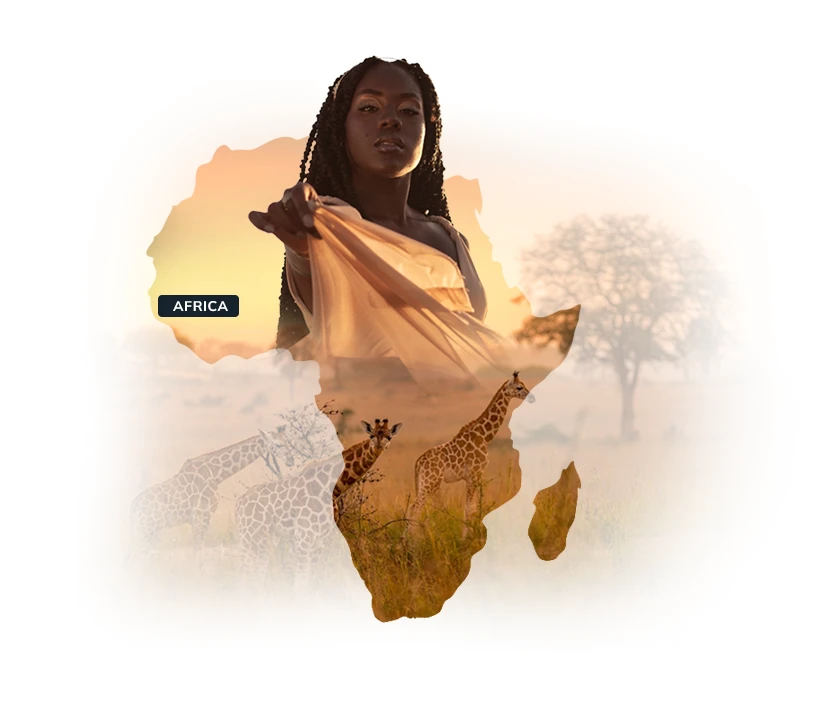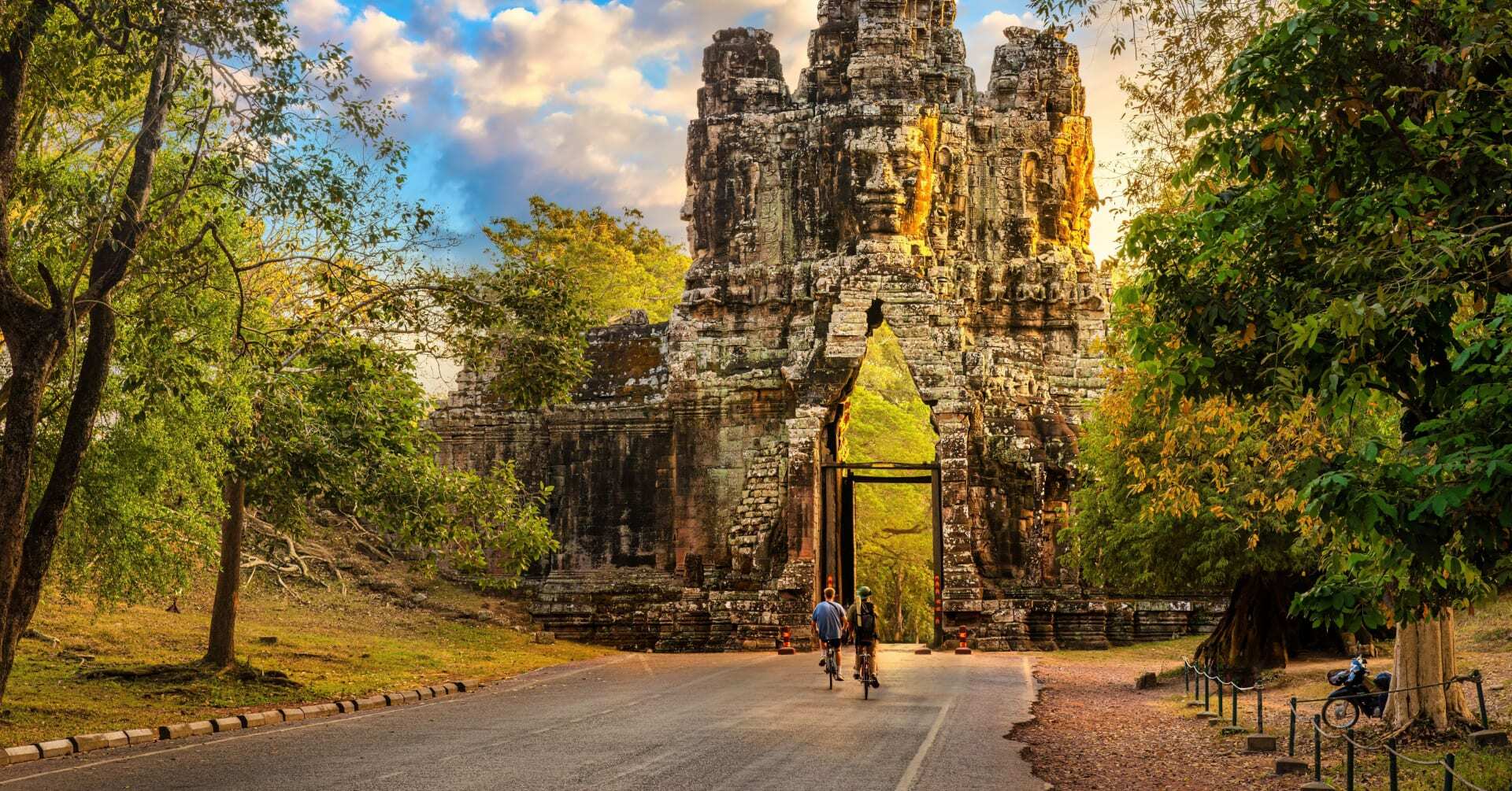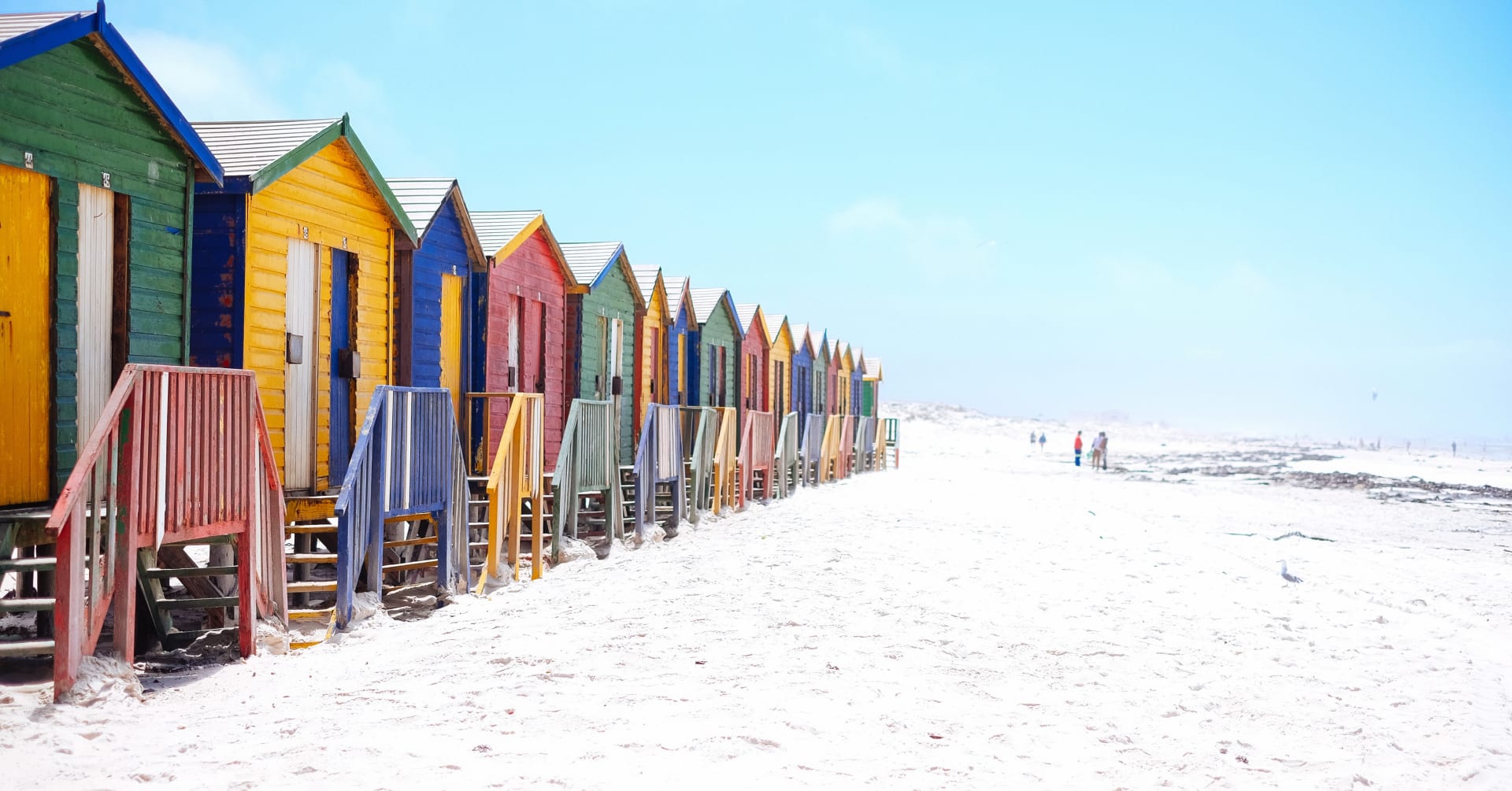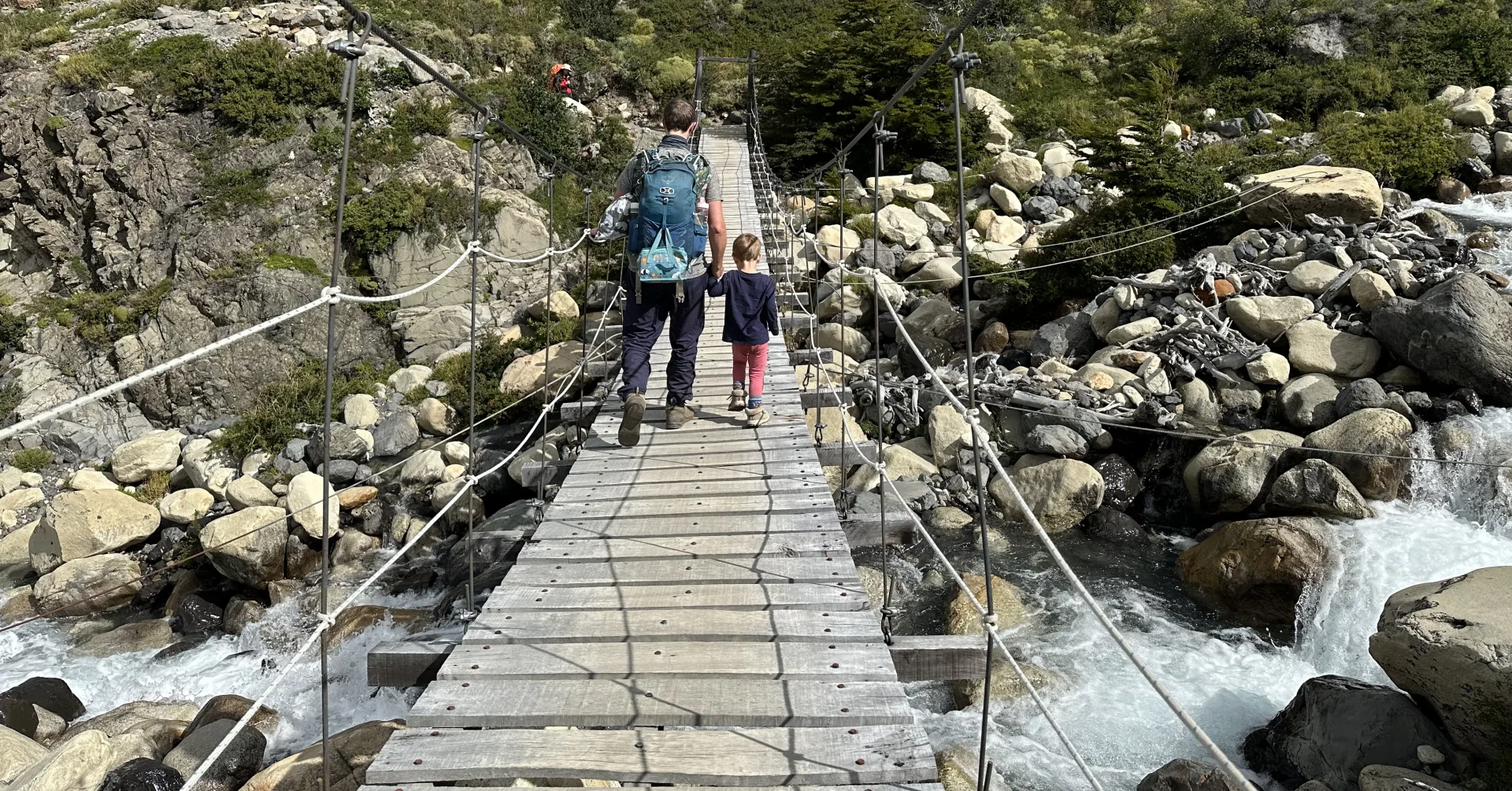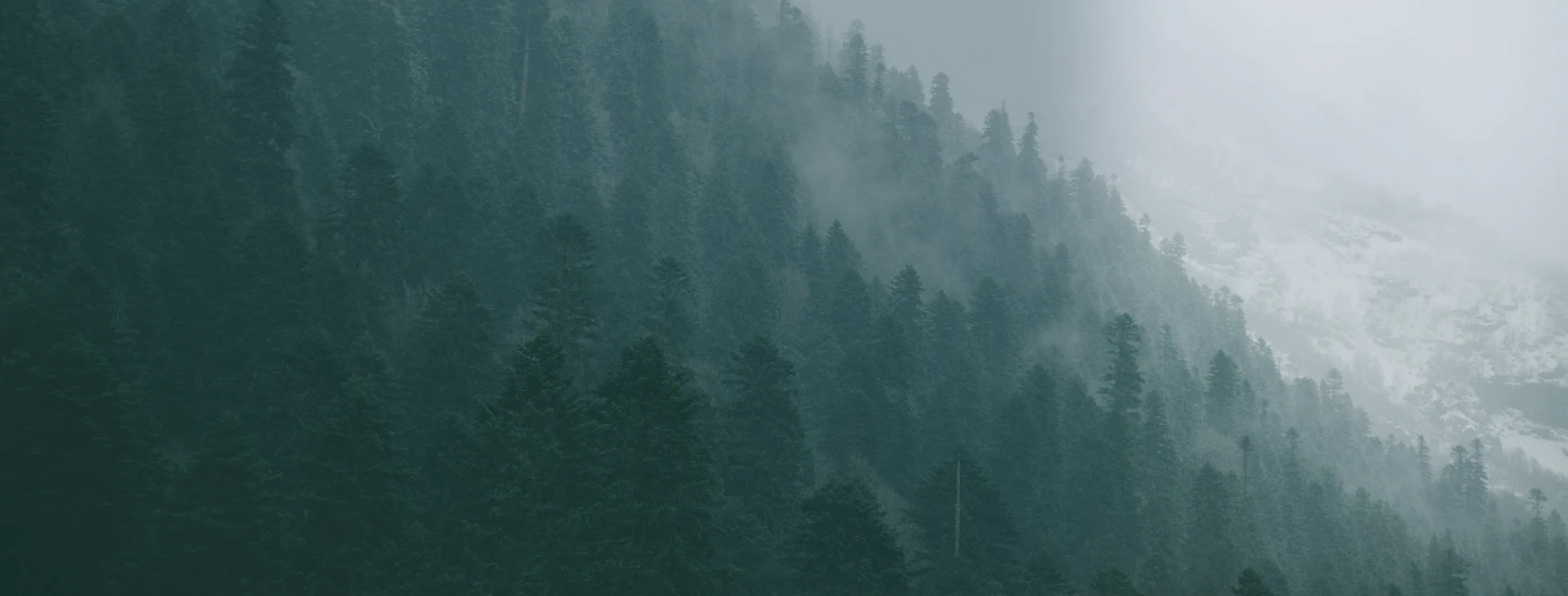10 extremely helpful, practical points for family holidays to Africa
We recently returned from 3 months exploring Uganda and Rwanda with our 8 month old and our 2 year old, including multiple safaris and gorilla and chimpanzee trekking. Read more about our baby friendly Uganda safari here. We certainly learned a thing or two, so here are ten, extremely helpful and practical top tips for taking your babies and toddlers on family holidays to Africa.
1. Age limits
Under 15s cannot go Gorilla, Chimp or Golden Monkey Tracking, so we had a butler and nanny to look after our little ones at the lodge on those three mornings. They are parents themselves and take them under their wing with toys, games, pancakes and let’s be honest, Wi-Fi for YouTube Kids for the toddler.
Some lodges do not cater to babies, so speak with your Travel Consultant about specific requirements and which are most welcoming. You cannot always trust what is written formally on lodge websites, so it is important you speak with us directly.
2. Car seats & strollers
Rear (or forward) facing car seats can fit with the waist seat belt in the safari vehicle. We chose to bring two Joie Every Stageseats, but the Joie Steadi is another popular safe, lightweight seat. Be aware that the fit might not be guaranteed by the manufacturer, but it will likely be a good fit if it is a universal belted seat. We do not recommend travelling with an Isofix seat purely because you will not find an Isofix connection. They are not compulsory by law in Uganda, but we found them to be super in terms of safety, peace of mind and practical needs for naps and a sense of continuity like at home.
We do not recommend bringing a stroller/buggy/pram/pushchair with you on family holidays to Africa, much as we use this back in the UK/US. There simply won’t be enough opportunity to use it on your safari due to the bumpy roads or off road explorations. Bring a good quality and comfortable baby carrier for each child, such as a Tula Explorer or Tula Toddler carrier (for up to 5 years of age).
3. Light aircraft flights or road transfers?
We flew from Entebbe to Kasese to begin our safari without a full day of driving. No one wants to be in the car for long hours with little ones screaming. The tiny plane was very exciting for our toddler, but the baby knew no different. Neither of them complained of ears hurting with air pressure changes. Our flight consisted of three little flights as it is in effect a luxury shuttle. We got to run around outside and shout (or roar like lions) for five minutes at each stop.
4. Malaria and antimalarials for babies
Due to altitude, there is very little or no malaria on this itinerary. However, since we visited other areas in Uganda with a malaria risk, like Lake Victoria and Jinja, we chose paediatric malarone for the anti-malarial medicine. This was absolutely not a drama, despite a lot of worry beforehand.
Our 2 year old required one tiny tablet per day which he swallowed whole, followed by a spoonful of honey as a reward. Our little 8 month old baby ate hers crushed up with a sharp knife and mixed into jam on a spoon. Some people use a Calpol syringe instead of a spoon. Others sprinkle it into milk/yoghurt so it’s unnoticed. Just choose whatever you think would fit into your baby’s routine. You can buy paediatric malarone upon arrival in Uganda, but it would be wise to get this prior to departure.
5. Nappies, wipes & laundry on baby friendly family holidays
For the potty-trained, the toilets are Western-style, so there will be no difference to being at home. For those still in nappies, we chose to use disposable nappies and wipes for the safari due to convenience. We brought some nappy bags from home for times we needed those too. You can bring one pack with you and stock up at any big or small supermarket in any town along your journey.
We don’t recommend using cloth nappies and wipes on your travels because of the hand-washing, line drying (hard when it is raining) and need for ironing (kills any insects that might rest on it on the line during drying). They can do laundry everyday at the lodges, it is typically returned to you within 24 hours. However, depending on your exact itinerary, you might be best placed to bring spares in case of any sick/accidents/food and drink spills that little ones are prone to! Wipe clean silicone bibs are wonderful and the lodges will look after them at each meal.
6. Passports, visas and yellow fever certificates
Please do consult us before your departure for up-to-date info on this, but at the time of writing, no matter what age the traveller is, they do need their own passport and visa in advance.
For under 1s, a Yellow Fever Vaccination Certificate is not required. This means our 2 year old toddler did need a Yellow Fever Vaccine prior to departure. We got it at a travel clinic in the UK. He did not enjoy it, obviously, but it was no different to any other vaccine. He had no adverse reaction, and he liked the lollipop and sticker reward.
7. Bottled milk and breastfeeding
Whilst power outage is commonplace throughout most of Africa, the lodges you will stay at all have power generators so you will always have access to electricity. You can find clean drinking water easily to add to your powdered milk. You can wash with hot soapy water then sterilise or warm bottles and pacifiers in pans of hot water if needed.
It is intrinsically more practical to breastfeed while on safari, than use bottles. I have found absolutely no adverse reactions on our baby friendly holidays to Africa from anyone while breastfeeding in public in absolutely every possible location. Whilst it might be uncommon or private in other countries, breastfeeding is very normalised in Africa and basically no one will bat an eyelid if you breastfeed while walking along a roadside.
8. Safe drinking water and food
If the water and food is safe for adults, it is safe for babies too. Every lodge we stayed at did not promote/use/allow plastic bottled water, which is fantastic for reducing waste. They all provide filtered water in glass/metal reusable bottles.
All food is prepared to the highest standard, so I imagine you will feel like you’re better looked after on safari than you are at your local restaurant back home. Our toddler revelled in the idea of hot chocolate and pancakes/waffles for breakfast, pizza and chips for lunch, pasta, mashed potato or curry and rice for dinner, followed by ice cream or cake for dessert.
Our baby tried all our food, but mainly she had soup with bread or mashed potato and vegetables. For days when we were on the go, we took crackers, bananas, crisps, Ella’s Kitchen food pouches and cookies. I recommend trying to replicate your normal “on the go routine” as much as possible.
9. Highchairs and mealtimes
Most lodges do not have highchairs, though depending on your exact itinerary you might be lucky and they have raised wooden stools for toddlers. For under 1s who are much more wobbly and wriggly, we recommend bringing a travel highchair that affixes to the table like the mountain buggy or phil & ted’s ones, or simply holding them on your lap.
For under 6 months, it is even easier as they aren’t attempting to eat food. Ask any member of staff to help hold your baby while you enjoy your meal and they will be delighted to cuddle your baby for you. For the older babies who want to play during mealtimes, the staff can prepare a baby-safe area without hazards and they will play games with the kids.
10. Baby-essentials safari packing list for your Africa family holidays
Packing for babies was certainly different to packing for a safari for just two adults. Here's what we'd recommend you definitely take:
- A small bag of toys for each child (a selection of their favourites, but essential to have a variety).
- A tote bag with about 7 books (both card or tough paper for the baby and lightweight paper for the toddler). I chose two musical books which were always a hit, but variety is key on travels.
- A comforter for each child, replicating their normal bedtime routine with the same pj’s and soft-toy.
- Choose your favourite sunscreen and insect repellent from home that you know works nicely on your baby’s skin. One bottle of each was plenty. No need to bring a mosquito net and travel cot with you unless you specifically want to.
- The sun is strong, so we also use sunhats, baby/toddler sunglasses (babiators) and sunsuits for swimming. Armbands and a toy that is good in the water will also come in handy.
- Footwear was a big question for me prior to our safari, but the best choice has been crocs for the toddler (all the kids wear them and they can be cleaned and dried immediately). One pair of closed toe shoes is also helpful, but not essential. Our baby learnt to walk while on safari but she didn’t need shoes yet. I sometimes put socks on her if it was chilly.
- A variety of stretchy shorts or leggings and t-shirts was great for both ages.
- For sleeping, the temperatures can range a lot, so a thin sleeping bag or full body sleepsuit is great for the baby on colder nights, or just a nappy and vest on hot nights.
I hope that's been really useful for you if you're considering spending your family holidays in Uganda, Rwanda, or anywhere else in Africa. If you have any questions, don't hesitate to get in touch and let us plan the perfect safari for you and your family, no matter the ages of your children.
